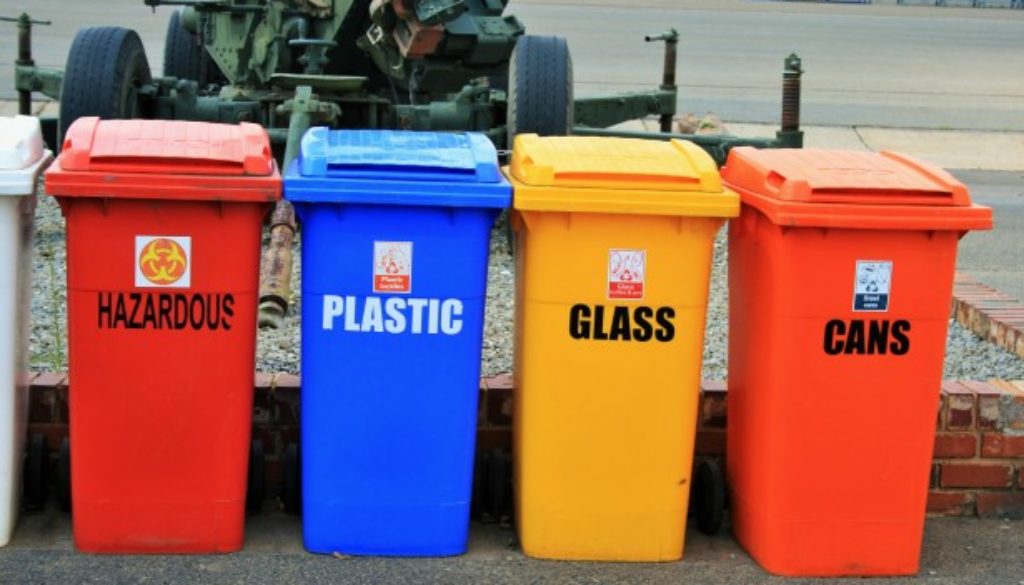Plastic Waste Is a Public Health Issue
By Alex Truelove, U.S. PIRG
Plastic is ubiquitous in our lives for a reason. It’s cheap and lightweight. It can be hard or flexible, film or foam.
The invention of plastic has led to several important public health advancements over the years: hearing aids, contact lenses, joint replacements, pacemakers, catheters, IV tubes, and more. Unfortunately, manufacturers also use plastic to make cheap, disposable consumer items that contribute to our public health problems. Billions of plastic bags, straws, and cups pollute our environment and create serious health risks for both people and wildlife — especially marine animals. In many cases, the costs of our plastic waste might outweigh the benefits.
Chemical additives in plastic known as BPA and pthalates, which give plastic flexibility and other physical properties, are known endocrine disruptors (EDCs). The human endocrine system controls hormones, and affects development, metabolism, and behavior. When EDCs disrupt that system, they can cause cancerous tumors, birth defects, hormonal imbalances, and other developmental disorders.
The science varies on how much of a risk the combined exposures of BPA and phthalates pose in everyday life, but an extensive review of recent research suggests that even very low-dose exposures can be damaging. The FDA has banned BPA in baby bottles, and many health agencies across the world have requested further research on their effects. The nightmare scenario is that we realize — too late — that many of our current disorders, including infertility and cancer, may be due to cumulate exposure of EDCs.
How is this related to plastic waste? Many of the plastic items we throw away escape into our waterways. Plastic waste is non-biodegradable, but instead breaks down into tiny little pieces called microplastics. These microplastics then re-enter our water and food systems and can be found everywhere, from our seafood to our sea salt, even our bottled water.
We’re ingesting those tiny pieces of microplastics every day. As you might imagine, ingesting microplastics increases the risk of being exposed to the EDCs, not to mention pollutants that attach to many microplastics.
We can’t eliminate all plastic, but we can take some easy steps to reduce plastic waste by focusing on some of its most common and pernicious forms that enter our waterways, like plastic grocery bags and plastic foam food containers. States and municipalities across the country have banned the sale of these items in order to improve public health and protect aquatic ecosystems. We should all encourage those efforts.

